DTG Print on t-shirt | apester.in
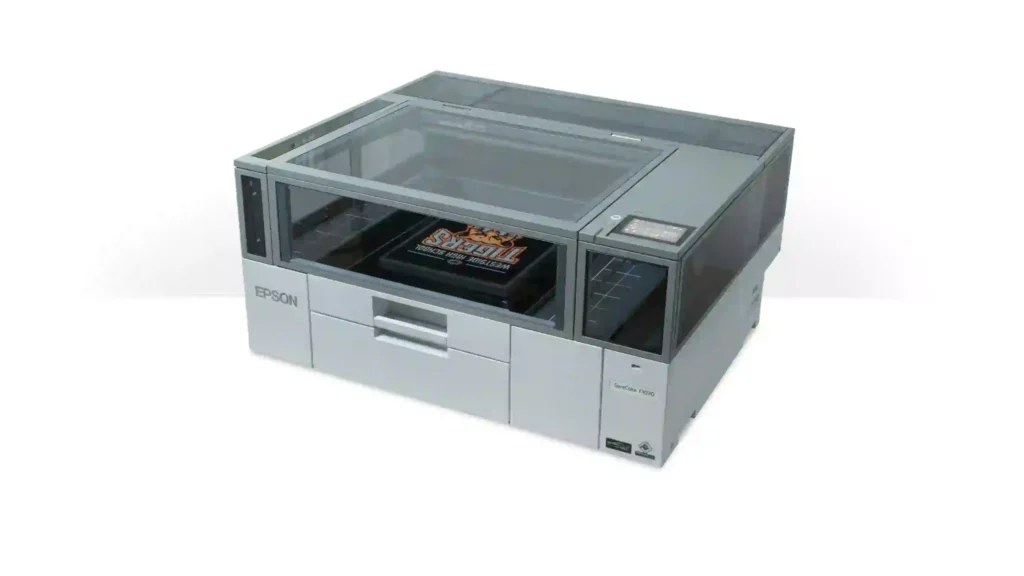
DTG Print on t-shirt | apester.in DTG Printing on T-Shirts: A Comprehensive Guide Direct-to-Garment (DTG) printing has revolutionized the custom apparel industry by offering a precise, vibrant, and durable method for printing designs on t-shirts. Whether you are a small business owner, an artist looking to showcase your work, or someone who loves personalized fashion, understanding DTG printing can help you make informed decisions. This blog delves into the various aspects of DTG printing, including t-shirt types, the printing process, the technology involved, wash care, and the longevity of the prints. What is DTG Printing? Direct-to-Garment (DTG) printing is a process that uses specialized inkjet technology to print designs directly onto fabric. Unlike traditional screen printing, DTG allows for high-resolution, full-color prints without the need for stencils or screens. The process is highly efficient for small batches and intricate designs. T-Shirt Types Suitable for DTG Printing Not all t-shirts are created equal when it comes to DTG printing. The quality of the fabric plays a crucial role in achieving optimal results. Below are the best types of t-shirts for DTG printing: 100% Cotton T-Shirts: Cotton fabric provides excellent ink absorption, resulting in vibrant and long-lasting prints. Ringspun cotton t-shirts are particularly popular for their soft texture and print quality. Cotton-Polyester Blends: Blended t-shirts with a higher cotton percentage (e.g., 80/20 or 90/10) are suitable for DTG printing, though the vibrancy may be slightly reduced compared to 100% cotton. Pre-Treated T-Shirts: Some t-shirts come pre-treated for DTG printing, which enhances the adhesion of the ink and improves print durability. T-Shirt Colors Light-Colored T-Shirts: Easier to print on as they don’t require a white ink base layer. Dark-Colored T-Shirts: Require a white underbase for the design to stand out, which may slightly affect the texture. DTG Printing Process The DTG printing process is simple yet highly precise, involving advanced technology to produce stunning designs. Here’s a step-by-step breakdown: 1. Design Preparation The artwork is prepared using graphic design software. It must be in high resolution (300 DPI or higher) and in a format compatible with the DTG printer, such as PNG or TIFF. Transparent backgrounds are preferred for clean prints. 2. Pre-Treatment (For Dark T-Shirts) Dark t-shirts require pre-treatment to ensure the white ink adheres properly to the fabric. The t-shirt is sprayed with a pre-treatment solution, which is then heat-pressed to dry and flatten the fabric. 3. Printing The t-shirt is loaded onto the printer’s platen. The DTG printer uses water-based inks to print the design directly onto the fabric. The ink is applied in layers, ensuring precise color gradients and intricate details. 4. Curing the Print After printing, the t-shirt undergoes a curing process. This involves using a heat press or conveyor dryer to dry and set the ink into the fabric, ensuring durability and wash resistance. DTG Printing Technology The technology behind DTG printing is what sets it apart from other methods. Here are some key components: Inkjet Technology: DTG printers use inkjet heads to spray water-based inks directly onto the fabric. Water-Based Pigment Inks: These eco-friendly inks are designed for fabric printing, providing vibrant colors and smooth finishes. Pre-Treatment Solutions: Enhance ink adhesion, especially on dark garments. Heat Press Machines: Used for curing the ink and pre-treatment solutions to lock the design into the fabric. Popular DTG printer brands include Epson, Brother, and Kornit, each offering unique features for different business needs. Wash Care for DTG Printed T-Shirts Proper wash care ensures the longevity of DTG prints. Follow these guidelines to keep your t-shirts looking fresh: Turn Inside Out: Always turn the t-shirt inside out before washing to protect the print. Use Cold Water: Wash in cold water to prevent ink fading. Mild Detergent: Use a mild, non-abrasive detergent. Avoid Bleach: Bleach can damage the print and fabric. Gentle Cycle: Wash on a gentle cycle to minimize friction. Air Dry: Air drying is preferred over machine drying. If using a dryer, opt for a low-heat setting. Ironing: Avoid ironing directly on the print. If needed, place a cloth over the design. How Long Do DTG Prints Last? The lifespan of a DTG print largely depends on the quality of the printing process, the type of fabric, and how well the garment is cared for. On average, DTG prints can last 50-70 washes before noticeable fading begins. Following proper wash care can significantly extend the durability of the print.
How oversized T-shirt came in Trend?

How Oversized T-shirt Came in Trend Oversized T-Shirts: How They Became a Global Trend In recent years, oversized t-shirts have become a must-have staple in the wardrobes of fashion enthusiasts worldwide. Their rise to popularity can be traced to evolving fashion trends, the influence of streetwear culture, and a desire for both comfort and style. But how exactly did oversized t-shirts come into vogue? This blog explores the history, reasons behind their popularity, styling tips, and why this trend is here to stay. The Origins of Oversized T-Shirts Oversized clothing has been around for decades, but its adoption as a fashion statement began in the late 20th century. During the 1980s and 1990s, hip-hop culture played a significant role in popularizing oversized apparel. Artists and influencers embraced baggy clothing as a form of self-expression, challenging traditional norms of tailored and fitted fashion. Oversized t-shirts, in particular, became a key element of this movement, symbolizing individuality and rebellion. Another pivotal moment came with the rise of skateboarding culture in the 90s. Skaters preferred loose and oversized clothing for ease of movement and practicality. The t-shirt’s relaxed fit complemented the laid-back and nonconformist ethos of the community, further cementing its place in alternative fashion. Why Oversized T-Shirts Became Popular Several factors contributed to the widespread appeal of oversized t-shirts: 1. Comfort Meets Style The oversized t-shirt combines the best of both worlds: it’s incredibly comfortable to wear while still being effortlessly stylish. The loose fit allows for unrestricted movement, making it a practical choice for everyday wear. 2. The Influence of Streetwear Streetwear brands like Supreme, Off-White, and Fear of God have played a major role in promoting oversized silhouettes. These brands often feature oversized t-shirts in their collections, blending high-fashion elements with casual aesthetics. 3. Celebrity Endorsements Celebrities and influencers have been instrumental in bringing oversized t-shirts into mainstream fashion. Icons like Kanye West, Billie Eilish, and Hailey Bieber frequently sport oversized tees, making them aspirational for their followers. 4. Gender-Neutral Appeal Oversized t-shirts have a universal appeal that transcends gender. Their versatility allows them to be styled in countless ways, making them a favorite among men and women alike. 5. Nostalgia for 90s Fashion The resurgence of 90s-inspired fashion has brought oversized clothing back into the spotlight. Millennials and Gen Z, in particular, have embraced the trend as a way to channel vintage vibes with a modern twist. How to Style Oversized T-Shirts One of the best things about oversized t-shirts is their versatility. Here are some popular ways to style them: 1. Casual and Relaxed Pair your oversized t-shirt with skinny jeans or leggings for a comfortable yet stylish look. Add sneakers to complete the outfit. 2. Layered Look Use an oversized t-shirt as a layering piece by wearing it over a turtleneck or under a jacket. This adds depth and dimension to your outfit. 3. Tucked In Tuck an oversized t-shirt into high-waisted jeans or shorts for a more structured appearance. This creates a balanced silhouette. 4. Dress it Up For a chic twist, wear an oversized t-shirt as a dress. Pair it with a belt to cinch the waist and add ankle boots or heels for a polished look. 5. Streetwear Vibes Go for a streetwear-inspired outfit by pairing your oversized t-shirt with baggy pants, chunky sneakers, and a bucket hat. The Oversized T-Shirt Trend in Pop Culture Oversized t-shirts have found their way into music videos, fashion shows, and social media platforms. The rise of platforms like Instagram and TikTok has amplified the trend, with influencers showcasing creative ways to style oversized tees. The hashtag #OversizedTShirt has garnered millions of views, highlighting its global appeal. Sustainability and Oversized T-Shirts As consumers become more conscious of sustainable fashion, oversized t-shirts have emerged as a practical choice. Their durability and timeless design make them a long-lasting wardrobe staple. Additionally, many brands now offer oversized tees made from organic or recycled materials, catering to environmentally conscious shoppers. Why the Oversized T-Shirt Trend is Here to Stay The oversized t-shirt trend shows no signs of slowing down. Its blend of comfort, versatility, and style ensures that it remains relevant in an ever-changing fashion landscape. As designers continue to innovate with cuts, fabrics, and prints, oversized t-shirts will likely evolve to meet the needs of future generations.
Types of T-shirts
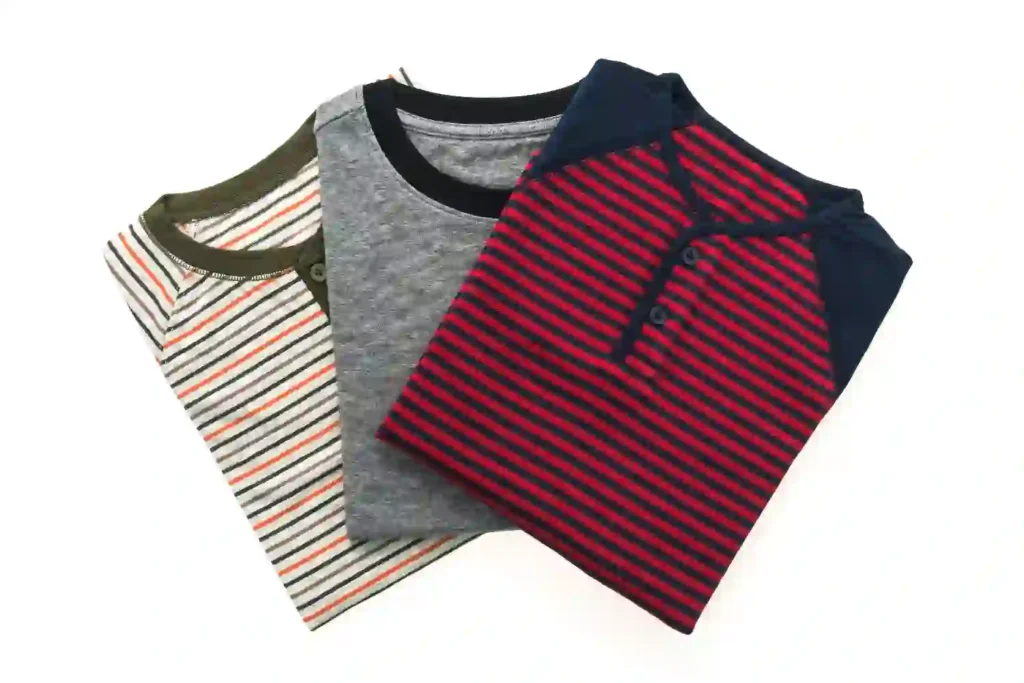
A Comprehensive Guide to Different Types of T-Shirts in 2023″ Introduction: Let’s dive deep into the diverse universe of T-shirt styles that have colored our lives and closets. 1.Classic Crew Neck T-Shirts: Discover the enduring charm of classic crew neck T-shirts – the ultimate wardrobe staple that stands the test of time. Explore the versatility and comfort of this timeless piece, making it the go-to choice for every occasion, from casual hangouts to laid-back Sunday. 2.V-Neck T-Shirts: For those seeking a touch of sophistication in casual wear, the V-neck tee is the answer. Uncover the subtle elegance it brings to your wardrobe, providing a perfect balance between casual and chic. Elevate your style effortlessly with the V-neck vibe. 3.The Allure of Pocket Tees: Delve into the perfect fusion of functionality and fashion with pocket tees. Whether you’re looking to stash essentials or add a playful detail to your outfit, pocket tees are a practical and stylish addition to your T-shirt collection. 4.Raglan Sleeves: Explore the sporty side of T-shirts with raglan sleeves, featuring distinctive diagonal seams that bring an athletic edge to your look. Ideal for impromptu sports games or channeling your inner sports enthusiast, raglan sleeves are a must-have for a dynamic wardrobe. 5.The Appeal of Henley Tees: Experience laid-back elegance with Henley tees, offering an effortlessly cool vibe with their buttoned neckline and relaxed silhouette. Perfect for casual adventures, these T-shirts add a touch of charm to your everyday look. Conclusion: As we celebrate this one-year milestone together, let’s continue to embrace the diversity of T-shirts, finding comfort and style in the threads that weave the fabric of our daily lives. Here’s to another year of T-shirt adventures – may your closets be filled with an abundance of soft, stylish, and oh-so-comfortable tees! Cheers to unlocking the language of comfort and style!
How T-shirts are dyed?

Shop now How T-shirts are dyed? Have you ever wondered how these colorful t-shirts are made? In this blog post, we’ll take a look at the process of dyeing t-shirts and the various techniques used in the industry. T-shirts are dyed by immersing the fabric in a dye bath that contains the dye and other chemicals that ensure the dye sticks to the fabric. The details of the dyeing process depend on the type of dye used and the color and effect desired. Reactive dyes are often used in the production of T-shirts. They combine with the fibers of the fabric and produce bright, long-lasting colors. To dye a T-shirt with reactive dye, the fabric is first pretreated with a solution of alkali and other chemicals. Then it is immersed in the dye bath, which contains the reactive dye and other chemicals such as salt and soda ash. Finally, the fabric is rinsed and washed to remove excess dye and fix the color. Pigment dyes are another type of dyes used in the production of T-shirts. They settle onto the fibers of the fabric, giving pigment-dyed fabrics a softer, more classic look. To dye a T-shirt with pigment dyes, the fabric is pre-treated with a solution of chemicals to make the dye adhere to the fabric. Then the fabric is dipped into the dye bath, which contains the pigment dye and other chemicals such as resins and fixatives. Finally, the fabric is washed and dried to fix the dye. Special effects and techniques can be used to achieve unique looks and textures. Examples include tie dyeing, ombre dyeing and discharge dyeing. Tie-dyeing involves twisting and binding the fabric in various ways before dyeing it, creating a distinctive pattern of color and white. Ombre dyeing involves gradually transitioning from one color to another, creating a gradient effect. Discharge dyeing involves removing color from a pre-dyed fabric to create a pattern or design. The process of dyeing t-shirts is complex and multi-step, but it offers endless possibilities for creating unique and vibrant garments. Have a great day ahead !
Top 10 ways to print design on t-shirts
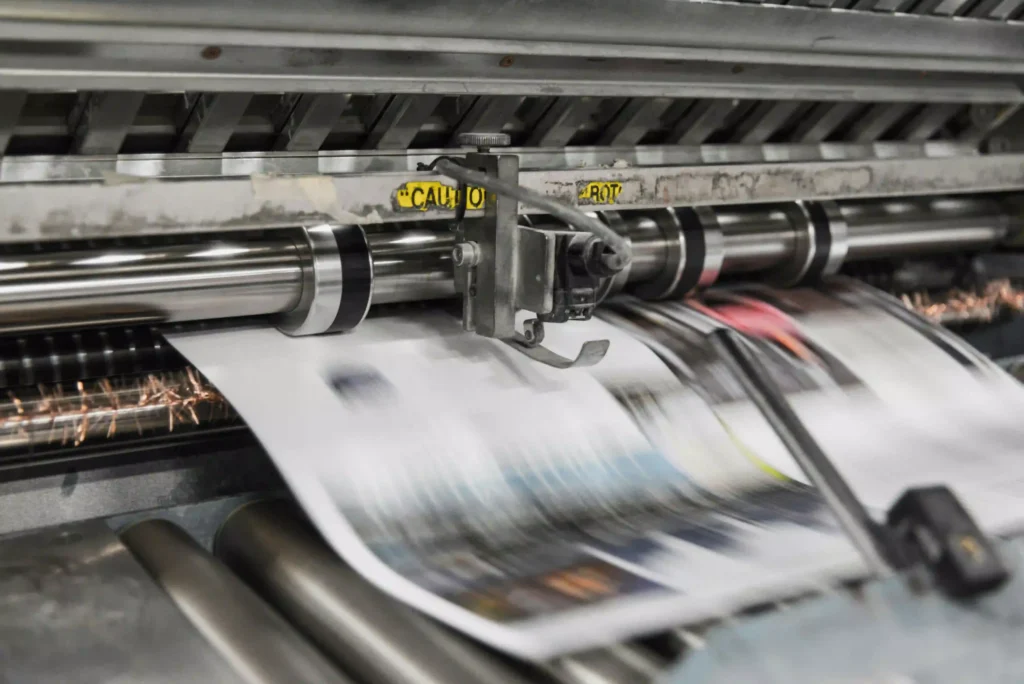
Shop now Top 10 ways to print design on t-shirts T-shirts are a versatile clothing item that can be worn by people of all ages and genders. They can be customized to suit individual preferences and are relatively easy to make. In this blog post, we will explore the top 10 ways to make t-shirts. Screen Printing Screen printing is a popular method of making t-shirts, especially for bulk orders. This method involves creating a stencil or template on a fine mesh screen and using it to apply ink to the fabric. The result is a high-quality print that is durable and long-lasting. Iron-on Transfer Iron-on transfer is a quick and easy way to make t-shirts at home. This method involves printing a design onto transfer paper and ironing it onto the fabric. Iron-on transfers can be purchased at craft stores or printed at home using a printer. Vinyl Heat Transfer Vinyl heat transfer is a similar method to iron-on transfer but uses vinyl material instead of transfer paper. The vinyl is cut into the desired shape and then applied to the fabric using a heat press. This method is ideal for creating simple designs with bold lines. Sublimation Printing Sublimation printing is a relatively new method of making t-shirts that involves transferring ink onto the fabric using heat. The ink is first printed onto a transfer paper and then transferred to the fabric using a heat press. This method is ideal for creating designs with intricate details and vibrant colors. Tie-Dye Tie-dye is a popular method of making t-shirts that involves twisting and tying the fabric before dyeing it. This method creates unique and colorful designs that are perfect for summer or festival wear. Embroidery Embroidery is a traditional method of decorating clothing that involves stitching designs onto the fabric using a needle and thread. This method is ideal for creating intricate and detailed designs on t-shirts. Applique Applique is a method of decorating clothing that involves attaching a piece of fabric or design onto the fabric using stitching or adhesive. This method is ideal for creating designs with different textures and patterns. Fabric Paint Fabric paint is a versatile medium that can be used to create designs on t-shirts. This method involves painting the fabric directly using a brush or stencil. Fabric paint can be purchased at craft stores or made at home using acrylic paint and fabric medium. Stenciling Stenciling is a simple method of creating designs on t-shirts using a stencil and spray paint. The stencil is placed on the fabric and then sprayed with paint, creating a crisp and clean design. Bleaching Bleaching is a method of creating designs on t-shirts by removing the color from the fabric using bleach. This method involves applying bleach to the fabric using a brush or stencil and then washing it out. Bleaching creates unique and edgy designs that are perfect for streetwear. In conclusion, there are many different ways to make t-shirts, from traditional methods like screen printing and embroidery to newer methods like sublimation printing and vinyl heat transfer. Each method offers unique advantages and can be customized to suit individual preferences. With a little creativity and some basic supplies, anyone can make their own t-shirts at home.
How T-shirts are made?
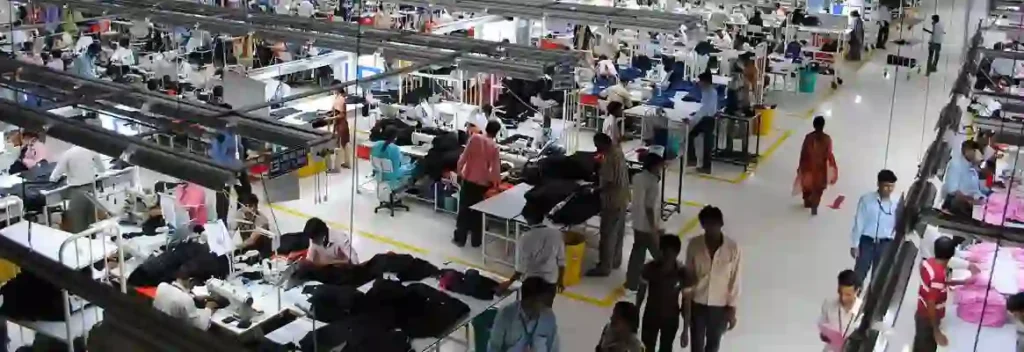
Shop now How T-shirts are made? T-shirts are a staple in most people’s wardrobes, but have you ever wondered how they’re made? In this blog post, we’ll take a closer look at the process of t-shirt manufacture. Step 1: Design The first step in making a t-shirt is designing it. This is where the creativity comes in. A designer comes up with a design, either by hand or using computer software, and creates a mockup of what the t-shirt will look like. Step 2: Fabric selection Once the design is finalized, the next step is to select the fabric. T-shirts are typically made from cotton, but can also be made from other materials like polyester or a blend of different fabrics. The fabric is selected based on the desired texture, weight, and durability of the t-shirt. Step 3: Cutting After the fabric is selected, the next step is to cut it into the desired shape and size. This is done using a pattern that is created based on the design of the t-shirt. The fabric is laid out flat and the pattern is placed on top. Then, the fabric is cut around the pattern using scissors or a cutting machine. Step 4: Printing If the t-shirt design includes a graphic or text, it will need to be printed onto the fabric. This is done using a screen printing process or a digital printing process. Screen printing involves creating a stencil of the design and then pressing ink through the stencil onto the fabric. Digital printing uses a specialized printer to print the design directly onto the fabric. Step 5: Sewing After the fabric has been cut and printed, it’s time to sew the t-shirt together. The different pieces of fabric are sewn together using a sewing machine. This includes attaching the sleeves, hemming the edges, and sewing the neckband. Step 6: Quality control Once the t-shirt is sewn together, it goes through a quality control process to ensure that it meets the manufacturer’s standards. This includes checking for any defects or flaws in the fabric, ensuring that the stitching is strong and secure, and making sure that the sizing is correct. Step 7: Packaging Finally, the t-shirts are packaged and prepared for shipping. This includes folding the t-shirts, adding any tags or labels, and placing them into boxes or bags for transport. In conclusion, the process of t-shirt manufacture involves several steps, from designing the shirt to packaging it for shipping. Each step is important in creating a quality product that meets the expectations of consumers. Next time you put on a t-shirt, take a moment to appreciate the effort that went into making it.
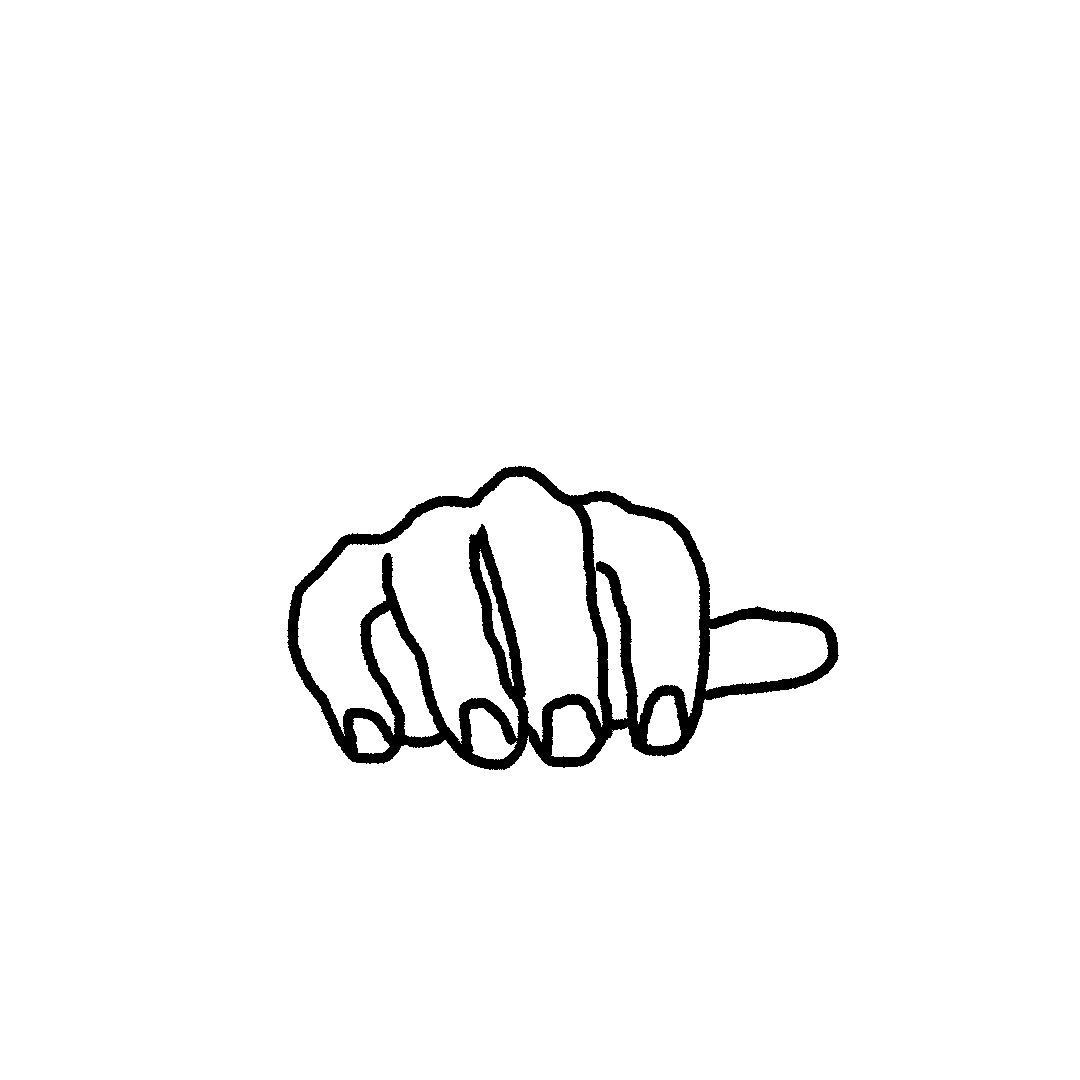 LOADING...
LOADING...

